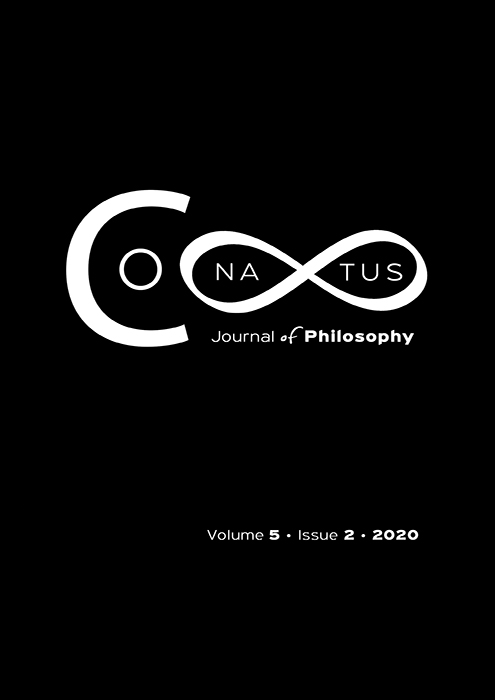Sweatshops, Harm and Exploitation: A Proposal to Operationalise the Model of Structural Injustice

Abstract
In this article, I firstly discuss the person-affecting view of harm, distinguishing between the liability and the structural models of responsibility, and also explaining why it is unsatisfactory, from a moral point of view, to interpret a given harm as a loss with respect to a diachronic baseline. Then, I take sweatshops as an example and I entertain two further issues that are related to the assessment of harm and that are necessary for operationalising a comprehensive model of responsibility, that takes into account both liability and structural injustice. The first one is how to interpret harm when it is coexistent with a diachronic benefit and/or the parties involved in the social structures leading to harm seek to unload their responsibility by hiding behind a cooperative deadlock. The second one is how far along the chain of actions leading to harm can structural responsibility be extended.
Article Details
- How to Cite
-
Corvino, F. (2020). Sweatshops, Harm and Exploitation: A Proposal to Operationalise the Model of Structural Injustice. Conatus - Journal of Philosophy, 5(2), 9–23. https://doi.org/10.12681/cjp.24898
- Section
- Articles

This work is licensed under a Creative Commons Attribution-NonCommercial 4.0 International License.
Authors who publish with this journal agree to the following terms:
Authors retain copyright and grant the journal right of first publication with the work simultaneously licensed under a Creative Commons Attribution Non-Commercial International License (CC BY-NC 4.0) that allows others to share the work with an acknowledgement of the work's authorship and initial publication in this journal.
Authors are able to enter into separate, additional contractual arrangements for the non-exclusive distribution of the journal's published version of the work (e.g. post it to an institutional repository or publish it in a book), with an acknowledgement of its initial publication in this journal.
Authors are permitted and encouraged to post their work online (preferably in institutional repositories or on their website) prior to and during the submission process, as it can lead to productive exchanges, as well as earlier and greater citation of published work.





